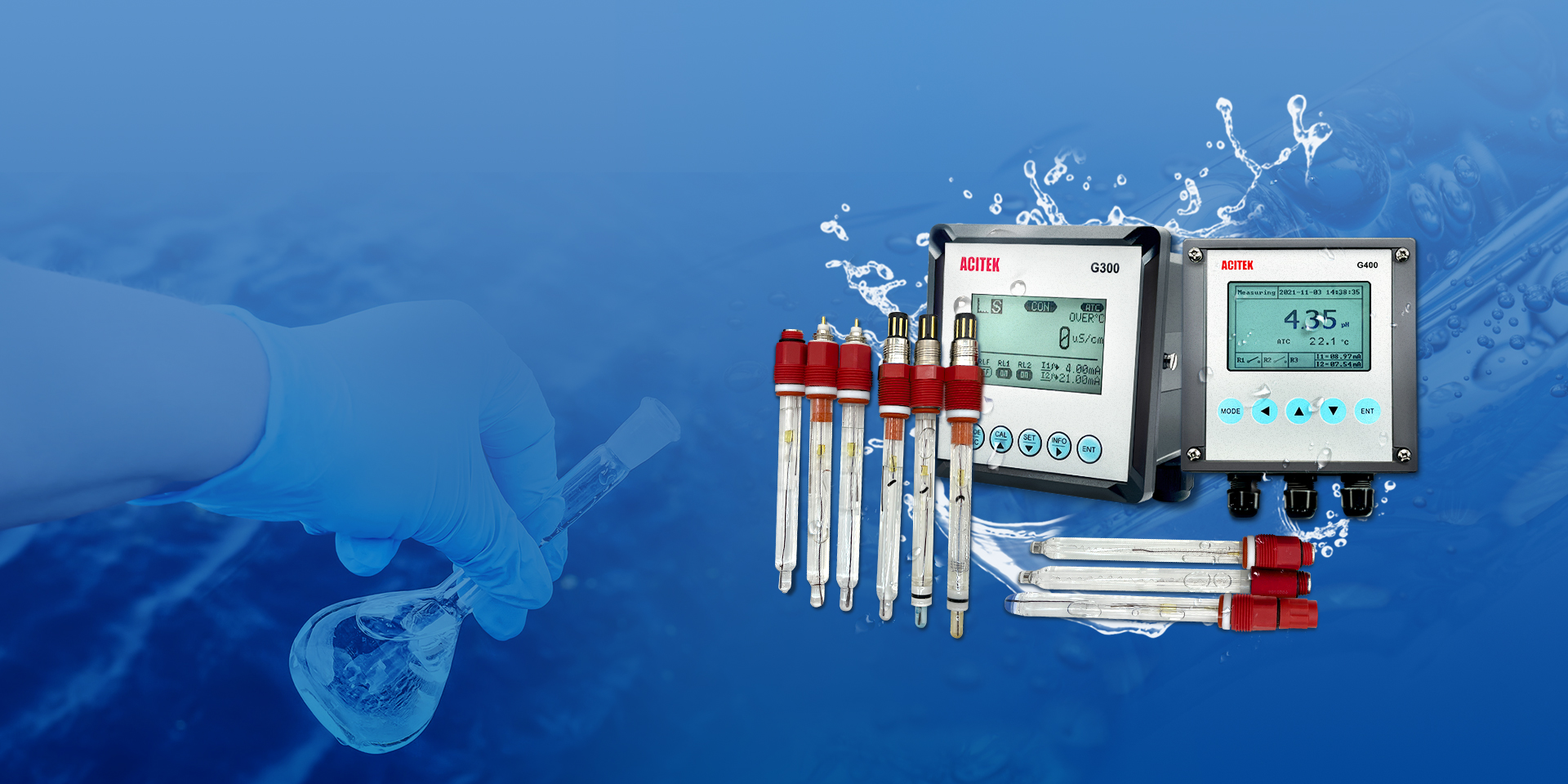ACITEK, since 2005, specializes in water quality sensors, providing OEM/ODM service for pH, ORP, conductivity, DO, ion electrodes.
PRODUCTS
recommended products
ACITEK is a professional water quality instrument manufacturer, specializing in water quality sensor and water quality meter.
We focus on the manufacture of water quality analyzers and water quality sensors, including dissolved oxygen meters, conductivity meters, pH meters, etc.
Beyond your expectation, within the budget.
no data
ONE-STOP SOLUTION
We Can Provide You
We will strictly customize the product according to your requirements. We will provide you with cost-effective water quality instrument. We have been served clients more than 50 countries in the past 10 years. We offer quotations within 1-3 days and arrange shipment within 20-30 days.
Since its establishment, it has been focusing on the development and production of various water quality analysis sensors. Has been solving sensor problems for water professionals around the world. After graduation, the founder of Shanghai Guizheng entered the Shanghai Institute of Ceramics, Chinese Academy of Sciences to engage in the research of new inorganic non-metallic materials and chemical sensors based on new materials.
● We have a professional R & D team and technical personnel, constantly develop new products and improve existing products to meet the needs of the market.
NEWS
Blog & article
At a time when the world is paying more and more attention to environmental protection, the importance of water quality monitoring is self-evident. However, its development has encountered many bottlenecks. On the one hand, the uneven distribution of monitoring points and the insufficient number of monitoring points cannot fully and accurately reflect the water quality of the water area. Taking a large lake as an example, only a few monitoring points are set up sporadically around it, and the center of the lake and other areas have been in the monitoring blind spot for a long time. Once the water quality is abnormal, it is difficult to detect it in time. On the other hand, the aging of monitoring equipment and lagging technology have resulted in poor detection capabilities for trace pollutants and emerging pollutants. For example, some old sensors have extremely low detection sensitivity for some new pesticide residues, which cannot meet the increasingly stringent monitoring needs. At the same time, the massive monitoring data lacks unified standards and effective sharing mechanisms, forming "data islands" with low utilization rates.
2025
04
17
In recent years, with the continuous improvement of water quality management technology and level in water plants, online water quality monitoring system has been integrated as an emerging management method, triggering industry changes. With the help of advanced sensor technology and automation equipment, the system can monitor the quality of raw water, water production process and outgoing water in water plants 24 hours a day. From key indicators such as pH, turbidity to residual chlorine content, they can all be accurately measured, and data can be fed back in real time, which completely changes the lag and limitations of traditional manual sampling and monitoring.
2025
04
17
In today's society, water is a basic substance for human life and economic development, and its importance is self-evident. From daily drinking to industrial production and agricultural irrigation, the quality of water is directly related to people's health and sustainable development of the industry. The water quality monitoring industry has also shouldered a heavy responsibility and become a key line of defense to protect the safety of water resources.
2025
04
17
no data
Has been solving sensor problems for water professionals around the world.
no data
Contact Us
Add:
Lane 1505, Lianhang Road, Minhang District, Shanghai
Contact us
Leave your inquiry, we will provide you with quality products and services!
Customer service





















